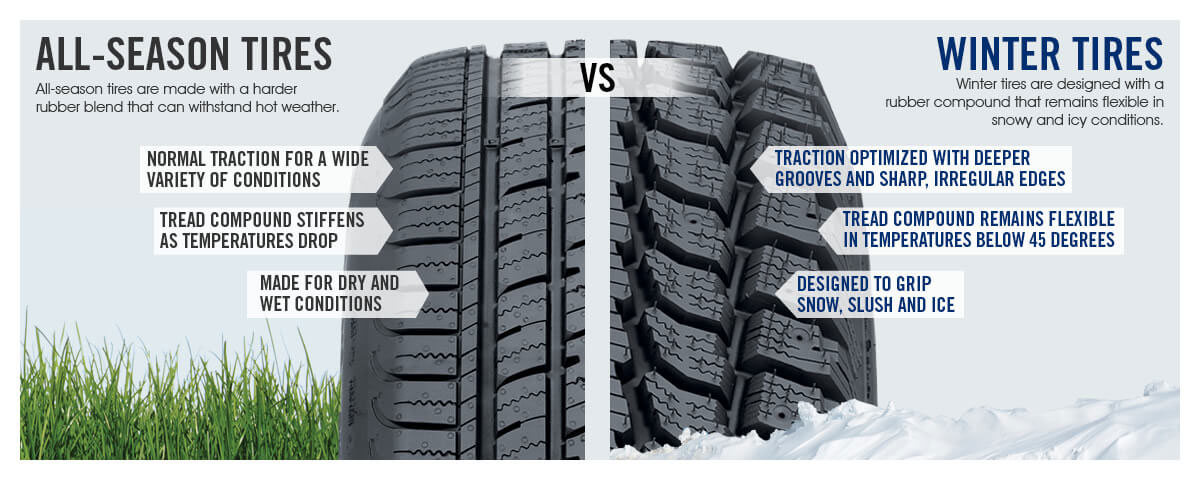Jessica Shea Choksey | Jul 30, 2020
The type of tire your car wears should be dependent on the general climate and conditions in which you drive daily.
There are three primary tire categories to choose from: summer, winter, and all-season. Each differs with respect to rubber composition as well as tread depth and pattern. Selecting the correct tire for your vehicle will have implications on performance (braking and cornering), safety, and ride comfort.
Briefly, these are the characteristics of each type of tire:
Want to Take Action?
Want to Take Action?
Shop Cars for Sale Online
Want to Dive Deeper?
Want to Dive Deeper?
Compare Cars Online
WANT TO MAXIMIZE YOUR PURCHASING POWER?
WANT TO MAXIMIZE YOUR PURCHASING POWER?
Find Local Incentives and Rebates on New Cars
Thank You
You are now subscribed to the J.D. Power Cars Newsletter.
Explore new car previews
2023 Honda Pilot Preview
The fourth-generation 2023 Honda Pilot is about to go on sale, and Honda substantially upgrades it over the popular third-generation model it replaces.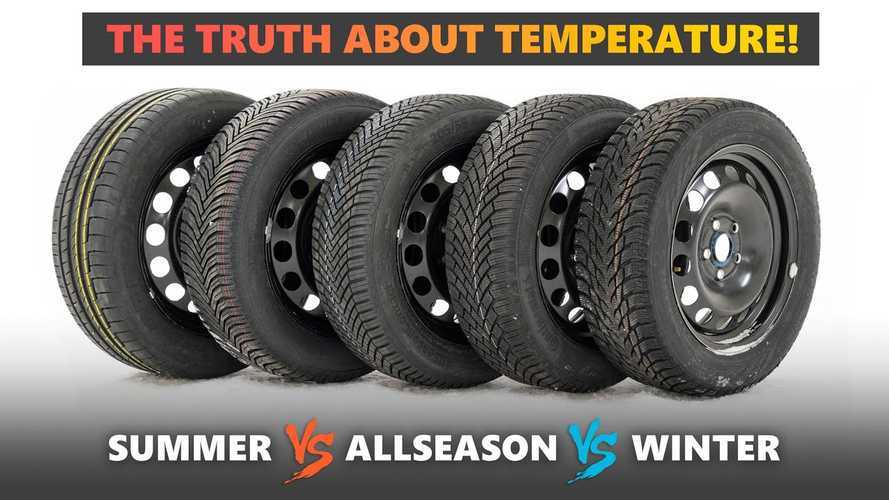 Honda will offer the redesigned 2023 Pilot in Sport, EX-L, TrailSport, Touring, and Elite trim levels in December 2022.
Honda will offer the redesigned 2023 Pilot in Sport, EX-L, TrailSport, Touring, and Elite trim levels in December 2022.
Read the full review
2023 Honda Accord Preview
The 2023 Accord is the 11th-generation version of the car that first went on sale in America in 1976, and it is a far different vehicle from the one that made the nameplate a household name.
Read the full review
2023 Ford F-Series Super Duty Preview
F-Series Super Duty trucks got what they needed for the 2023 model year. Ford announced a more powerful line of heavy-duty trucks with a load of available new tech, great standard safety features, and unique upfits to make the trucks more appropriate for specific industries.
Read the full review
Read all articles
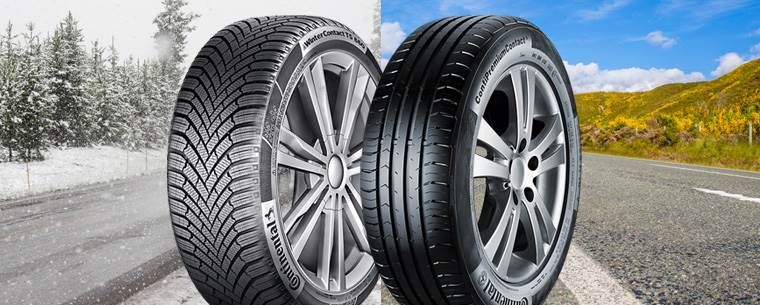
The tire is so much more than an air-filled ring of rubber. It’s a complex piece of engineering that comes in many shapes and forms and is designed to tackle a myriad of challenges. Here’s where we run through the different types of tire on the market and the specific advantages they can offer your vehicle.
There are two key areas where one type is distinguishable from another – the rubber compound and the tread pattern. These, in turn, are determined by the environment and conditions where the tire is in use. As long as the right tire technology is applied, you can rest assured that the wheels of your car or truck will have superior handling and traction.
Summer tires have a dedicated rubber compound that delivers excellent grip and handling on both dry and wet roads in warmer conditions. They also have reduced rolling resistance and therefore provide greater fuel efficiency and generate less road noise.
The tread pattern on a summer tire is more streamlined than a winter tire, with fewer grooves for water clearance, maximizing the contact patch with the road. Consequently, the vehicle has superior traction and braking during dry summer months.
However, these same characteristics – the unique rubber compound and simple tread design – make summer tires unsuitable for winter driving conditions. When the temperature drops below 45 degrees Fahrenheit (7 degrees Celsius), the compound becomes hard and brittle, and the tread design can’t adequately handle snow or ice.
Winter tires provide outstanding grip on road surfaces covered with snow and ice, as well as wet roads in cold conditions.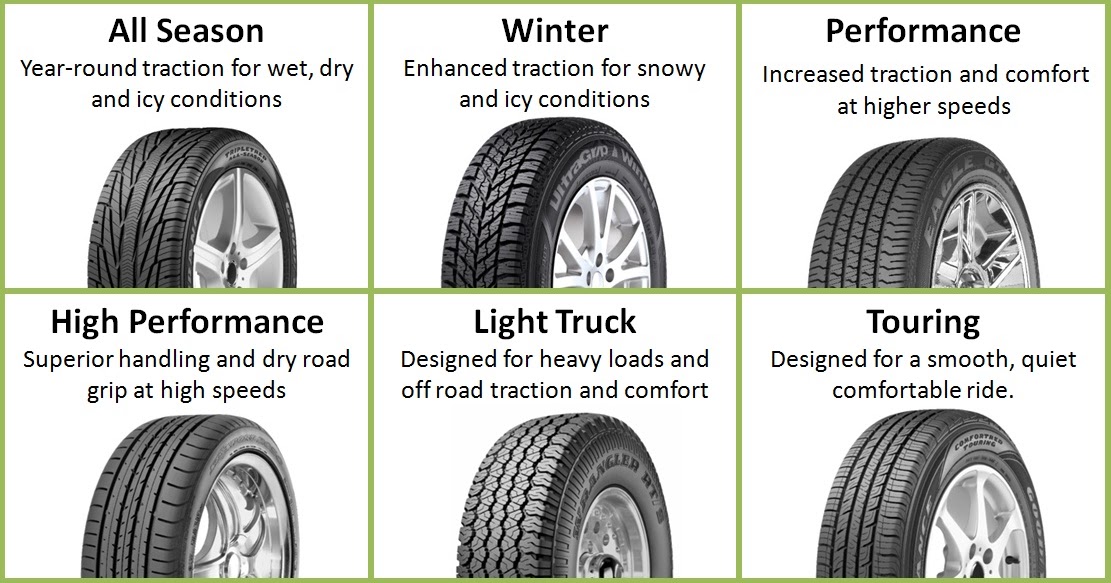
The tread compound of a winter tire contains more natural rubber, so it doesn’t harden when the temperature drops below 45 degrees Fahrenheit (7 degrees Celsius). Instead, it stays flexible and limber in cold climates to reduce the stopping distance when braking.
The tread design has deeper blocks that will dig into snow and ice to provide more grip. The winter tire also has a lot of sipes, which are excellent for clearing water and slush from the path of the car and mitigating the risk of hydroplaning.
Winter tires shouldn't be used for the summer season, however. The compound is far too soft for dry asphalt, meaning it will wear out quicker. Moreover, the increased rolling resistance will lead to higher fuel consumption and road buzz.
An all-season tire combines characteristics of both summer and winter tires, offering a hybrid solution with the benefits of both. For drivers, living in regions with mild winter conditions (temperatures rarely drop below freezing), all-season tires can be an alternative. Continental all-season tires offer safety and premium performance. In addition, drivers can save money and time, and reduce the effort required for seasonal tire changes . But always remember that summer and winter tires are specifically tailored to the relevant conditions.
Continental all-season tires offer safety and premium performance. In addition, drivers can save money and time, and reduce the effort required for seasonal tire changes . But always remember that summer and winter tires are specifically tailored to the relevant conditions.
If you are unsure about the right tire choice, please contact your local dealer for personal advice.
Run-flat tires are one of the greatest inventions in the automotive industry since the advent of the pneumatic tire or the transition from bias-ply to radial tires. Why is it so revolutionary? In the event of a puncture, or a sudden drop in inflation pressure, a run-flat tire will remain fully operational until the driver can make it home or to the nearest garage safely.
The functionality of a run-flat tire is provided by strong and thick reinforced sidewalls so that they can be driven on temporarily after a puncture. In general, you should be able to travel up to 80 kilometers (50 miles) on a punctured run-flat tire.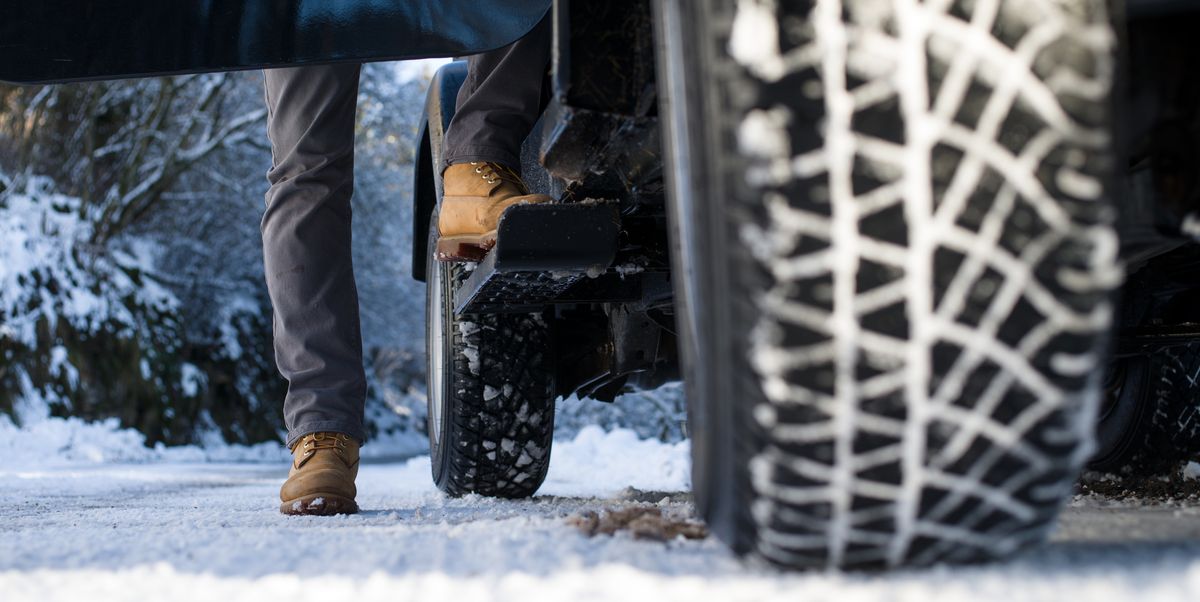 But keep in mind that they’re not repairable, and you must replace it with a new tire as soon as possible.
But keep in mind that they’re not repairable, and you must replace it with a new tire as soon as possible.
4x4 truck tires feature a more widely spaced tread design than conventional car tires, chiefly a larger tread block and deeper tire grooves. Standard tires perform poorly on surfaces like muddy ground because the tread quickly fills with mud and the wheel begins to spin uselessly, digging the tire deeper and deeper into a hole. By comparison, 4x4 truck tires have better traction on tough terrains like mud, grass, and snow without the tread area becoming clogged.
The right choice of car wheels will allow you to move in comfort and safety. Rubber must strictly correspond to the season, road and temperature conditions. Incorrect use of wheels significantly increases the braking distance, the service life of the wheels, and the economy of movement. It is not surprising that manufacturers produce summer and winter tires, and today universal all-season tires are becoming especially popular.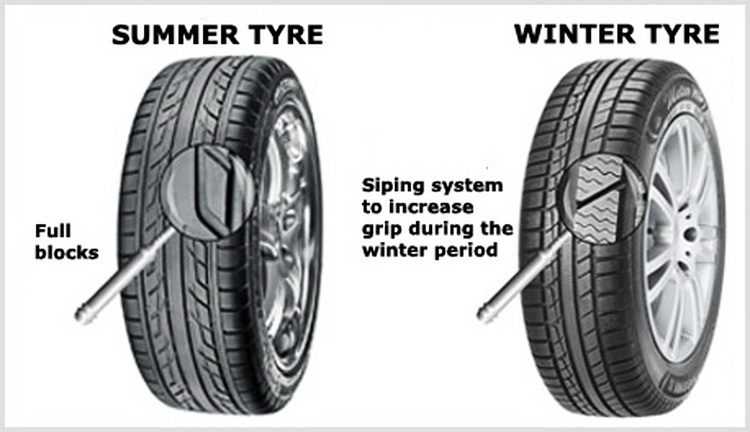 It is worth figuring out how to distinguish winter tires from summer tires, and for this you need to study the main characteristics of the wheels. nine0003
It is worth figuring out how to distinguish winter tires from summer tires, and for this you need to study the main characteristics of the wheels. nine0003
Tires for the cold season are distinguished by a carved and deep tread pattern, which can look like a familiar “herringbone” or chaotic depressions. Lamellas or zigzag cuts on the tread are the virtues of winter tires. It is they, as well as checkers and deep grooves, that provide effective removal of snow and water, increase the coefficient of adhesion on the road. There are two main types of tread pattern for winter:
Scandinavian - the pattern is sparse, the checkers are staggered and look like rhombuses, there is a noticeable distance between the elements of the pattern; nine0003
European - the pattern is located diagonally, the network of channels is well developed, powerful lugs are located on the periphery of the tread, there are a large number of thin slots - lamellas on the surface.
Summer tires have shallow tread grooves designed to expel water, the number of sipes is kept to a minimum. There is no micro-pattern in the wheels for summer.
There is no micro-pattern in the wheels for summer.
Spikes are another criterion of seasonality. There are no summer studded tires, and winter studding should be chosen carefully. The studs are designed for driving on ice, providing good grip where other wheels slip. They should not be located in two rows on the sides of the tires - this will not shorten the braking distance at all, and the spikes themselves will fly out after several trips. High-quality studding suggests an asymmetric or snake-like arrangement of spikes. nine0003
In addition, rubber for winter tires is softer and more elastic, it is visible to the naked eye for an experienced driver. This is easy to determine even by touch, since there is an order of magnitude more rubber in the rubber compound, which allows the tires not to freeze at low temperatures. Summer tires, on the contrary, are more elastic - there is less rubber in them, because in the heat soft tires “float” and do not hold the road. For safety reasons, summer tires are resistant to wear and high temperatures. nine0003
For safety reasons, summer tires are resistant to wear and high temperatures. nine0003
During operation, winter tires warm up and therefore do not lose their elasticity and softness. On winter snowy or icy roads, this provides maximum grip, effectively shortening the braking distance. Summer tires cool down at speed, becoming more shaped and firm.
An important quality of rubber, which makes it possible to distinguish between summer and winter tires, is the maximum permissible speed. In winter, even on the highest quality roads, it is not recommended to drive faster than 140 km / h; summer tires are more democratic in this matter. nine0003
Despite everything, even a novice driver will be able to determine the seasonality of tires by special designations used by manufacturers. The letters M + S (mud and snow), as well as W (Winter - winter) guarantee comfortable driving in snow and mud, in some cases MS is the marking of all-season tires. Also, an image of the sun (for summer) and snowflakes (for winter wheels) is applied to the side surface of the wheels. It is important to know that there is no special letter designation for summer tires. nine0003
Also, an image of the sun (for summer) and snowflakes (for winter wheels) is applied to the side surface of the wheels. It is important to know that there is no special letter designation for summer tires. nine0003
Tires are a bit like shoes - it's not for nothing that we put on a pair of boots for a December walk in the forest, and in the other we go to a seaside resort during the holidays. Each pair of shoes should perform different tasks and bring us real benefit and comfort. Just as it's easy to tell the difference between boots and sandals, it's also easy to tell the difference between winter and summer tires. This also applies to the visual aspect, but, above all, it is reflected in the specific parameters of the tires, which are transferred to the characteristics of the car, our comfort and safety.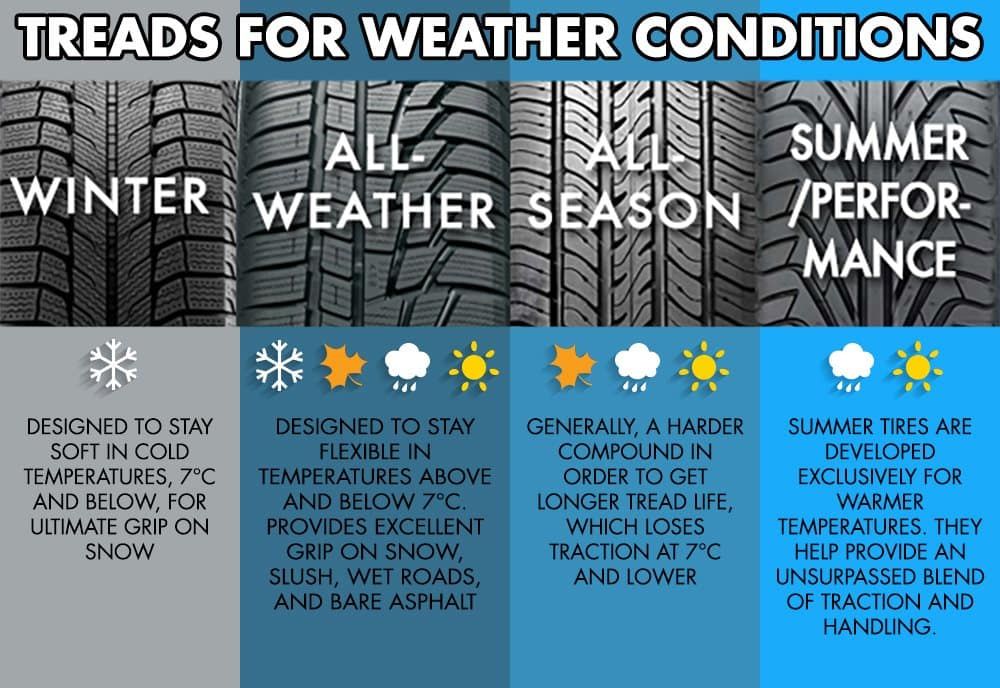 nine0003
nine0003
Tires are designed to work in certain conditions, both in terms of weather and vehicles with which they are homologated. One product is designed for city cars and another one for sports or commercial vehicles. However, what is important is that each tire must provide the driver with safety, as it is the only element that connects the car to the road. For this reason, differences in seasonal patterns can be seen in three areas:
The compounds used in summer and winter tires are different because they must operate at different temperatures. Therefore, manufacturers use components such as synthetic and natural rubbers, carbon black, silica or resins and oils in various proportions, thus obtaining rubber with certain properties. Summer tires, which are supposed to be when the thermometer starts to show at least 7 ℃ most often, should work both in early spring and in the heat, when the asphalt is very hot. It is quite hard and should not soften at the highest temperatures. Winter models are definitely more flexible, so even at low temperatures they do their job. Summer tires will harden in winter, which will significantly impair their adhesion. The car will slide like a skier on a slope, not fully responsive to the steering wheel. In contrast, colder ones at higher temperatures will be consumed much faster - which is uneconomical and at the same time not environmentally friendly. nine0003
It is quite hard and should not soften at the highest temperatures. Winter models are definitely more flexible, so even at low temperatures they do their job. Summer tires will harden in winter, which will significantly impair their adhesion. The car will slide like a skier on a slope, not fully responsive to the steering wheel. In contrast, colder ones at higher temperatures will be consumed much faster - which is uneconomical and at the same time not environmentally friendly. nine0003
Although we can't judge the composition of the mixture by sight, the appearance of the tread tells us a lot. Its appearance determines a number of parameters - from grip on different surfaces, to tire volume and rolling resistance.
Summer tires are designed to run best on dry surfaces and provide the most traction when the road is covered in water. In order for the tires to do this, the summer tread is the smoothest tread available. It is divided into large blocks, thanks to which most of the surface is in contact with the ground. The ribs share wide grooves that are responsible for removing water from the front of the tire, reducing the risk of skidding caused by aquaplaning. nine0003
The ribs share wide grooves that are responsible for removing water from the front of the tire, reducing the risk of skidding caused by aquaplaning. nine0003
In common with winter tires, the tread is deeper and the pattern more complex. You can notice numerous cuts and cuts, which, although they look inconspicuous, are indispensable in difficult conditions. They are responsible for the ejection of water, snow and mud, which makes driving easier and the braking distance becomes as short as possible.
The tread pattern says a lot about the purpose of the tires. We must not forget that the tread depth is also very important. The smaller it is, the worse it works, especially when it comes to removing water and other impurities. It is recommended to replace winter tires when the tread reaches four millimeters, and summer models - three millimeters. nine0003
Where does this difference come from? Tread depth is much more important for maintaining safe performance in winter conditions than when driving on dry surfaces.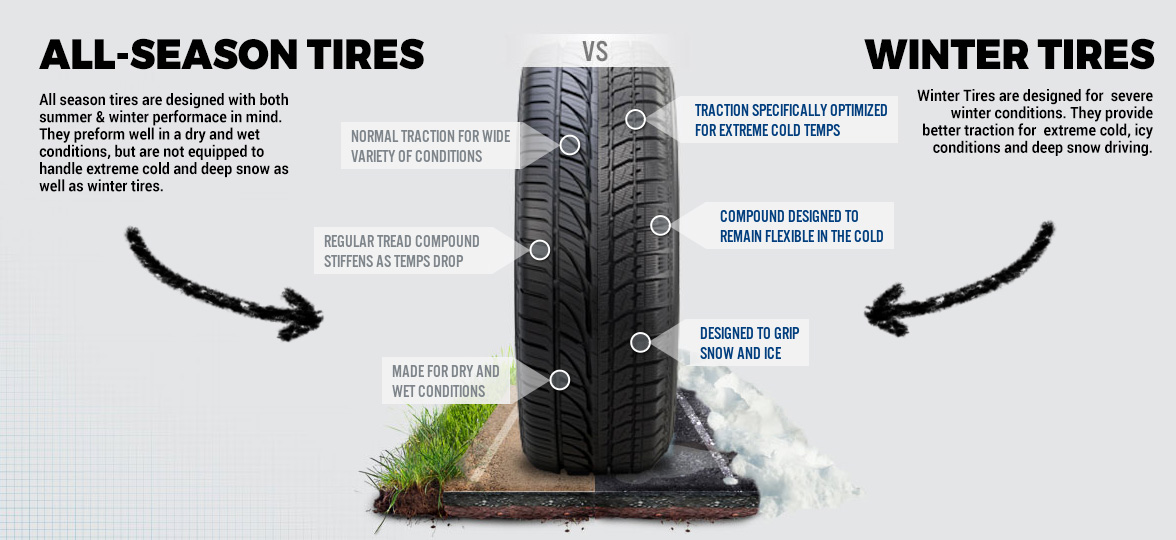 The winter tire bites into the snow, causing the car to stick to the road covered with snow or ice. If the tread is flat, bald, the level of adhesion drops sharply.
The winter tire bites into the snow, causing the car to stick to the road covered with snow or ice. If the tread is flat, bald, the level of adhesion drops sharply.
To recognize the season, it is easiest to find winter markings for m + s tires (mud and snow) and 3PMSF. It should be noted that not every m + s tire is winter. This abbreviation is only a manufacturer's declaration regarding the proposed performance. You can find this designation among others on tires for the US market, where the requirements and standards are slightly different from those in Europe. M+S is also a common designation for all season tires. The 3PMSF sign, depicted as a snowflake against the background of three peaks, is a clear indication of the purpose of the model. A tire with this marking has been created taking into account the winter conditions that we can meet in Europe. It will work both during a capricious winter and during a trip to the mountains (although it is always worth having chains with you during such a trip).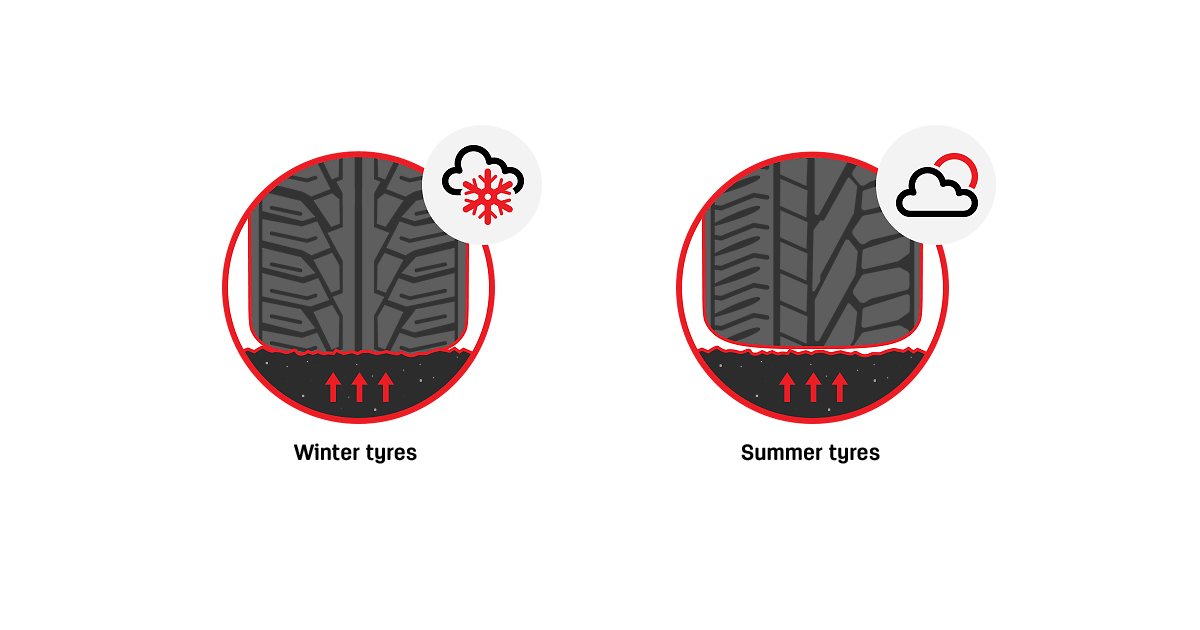 nine0003
nine0003
The symbol of three peaks with a snowflake is typical for winter tires. Marking of all-season tires may differ depending on the manufacturer.
The designation of winter and multi-season tires is often reflected in the names of individual models. Manufacturers suggest using tires by placing names such as "Winter", "Alpin", "MS" or "4Season" and "All Weather".
All-season models are designed to give you a safe ride no matter what the conditions, without having to change to seasonal tires. The universal solution is usually chosen by drivers who prefer a relaxed driving style and move mainly in the city and for short distances. nine0003
Even without looking at the tread or looking for markings, an experienced driver recognizes which tire he is riding. Poorly matched rubber, the car does not adhere well to the surface. The braking distance increases and you can notice the deterioration of the steering. Driving comfort is also reduced.